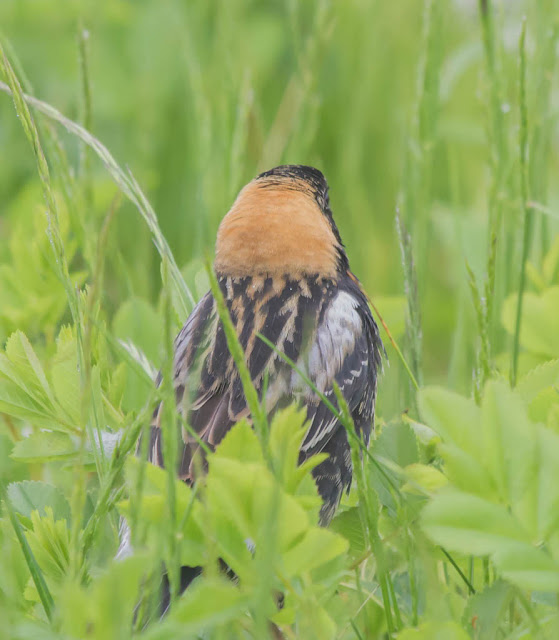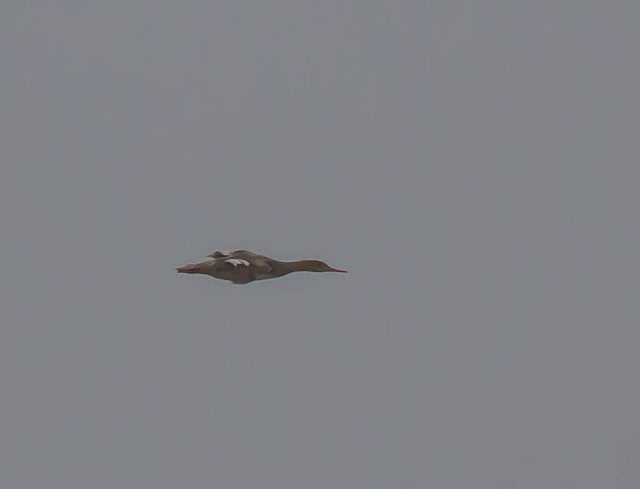5-28-16: Parker River NWR on Plum Island, MA
(June 1: Just finished another good day in Acadia NP. Am going over the photos now and will try to publish a post from today (Wednesday, June 1) later tonight or tomorrow morning.)
Willow Flycatcher
This subtle-looking flycatcher has a long history, being first described in 1828 by American ornithologist John James Audubon. It is a new trip bird for us.
Eastern Wood-Pewee
Very similar-looking in the field to the Willow Flycatcher. One potential cause of their decline is the overpopulation of white-tailed deer in the Eastern forests. In areas with high deer density, the intermediate canopy is disturbed by browsing, affecting the foraging space used by the flycatcher.
Bobolink
Another new trip bird for us and one we have rarely seen in the past so we included several photos.
This small, lark-like bird eats caterpillars, insects, seeds and grains.
Each fall they gather in large numbers in southern rice fields, where their habit of eating grain has earned them the name of "Ricebird."
They are collected as food in Jamaica, where they are called "Butter birds" - a commentary on how fat they are as they pass through the island on migration.
The Bobolink is the only American bird that is black underneath and white on the back. This coloring makes the male stand out while he is performing his displays. After breeding he changes into a drab, camouflaged plumage to spend the rest of the year.
Interestingly, they are one of only a few songbirds that undergo two complete molts each year, completely changing its feathers on both the breeding and wintering grounds.
Handsome male Red-winged Blackbird
Invasive, non-native Honeysuckle
This invasive species has worked its way into the understory of the forests here on the refuge; Honeysuckle is choking out the natural wildflowers that would otherwise use this area.
It flowers earlier than native species, using the available sun patches. The honeysuckle thereby cuts off this vital sunshine that the native plants need.
Red-breasted Merganser
The only one we saw on the refuge came in like a missile.
Common Yellow
The males perform a special flight song, given as they rise high into the air on fluttering wings. When choosing a mate, females appear to prefer males with larger masks.
Preening is a common routine.
They are apparently monogamous within each breeding season, and only infrequently will males be seen with two mates in their territory. Females, however, tend to show no fidelity to their mates and often attract other males with their calls.
This male is singing his little heart out.
Punography: I stayed up all night to see where the sun went. Then it dawned on me!




















No comments:
Post a Comment